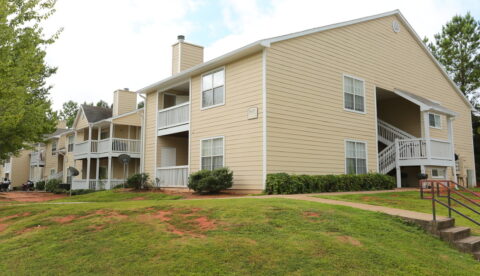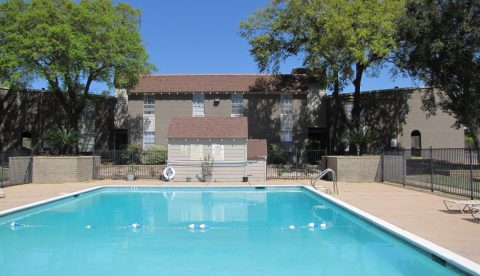How Technology Is Improving Apartment Building Performance

Ever wondered how technology impacts the multifamily housing market? These are just some of the ways in which new technologies are helping to improve apartment building performance for multifamily investors.
1. Self-Guided Property Tours
New self-guided tour apps are enabling prospective residents to tour apartment buildings on their own schedule, without the need for a human tour guide. All while providing landlords and operators more data for further optimizing their buildings. This may be the last step in making human leasing agents redundant. While not everyone may be happy about this fact, it certainly can reduce a lot of expense. While innovative, at Praxis we still believe in the old-fashioned personal touch, which means that our leasing agents personally tour prospects. We believe that technology is great, but there is still a place for interpersonal interaction, especially in the sales cycle.
2. Package Acceptance Lockers
Stores don’t want you to go there anymore. If you’ve been into a Walmart lately, you’ve probably seen 17 empty cashier lanes, and only one open and operated by a human. That’s not counting all of the self-checkout kiosks which are collecting dust and no one wants to use. That long line of people at one register with overflowing carts and a very flustered single cashier is all about detracting from the brick and mortar experience. Just like long phone hold times and overly complicated phone systems. It’s more profitable if these stores can do all their business online and by delivery or curbside pickup. Of course, the pain for apartment managers is the massive deluge of packages that come in every day. They require interacting with delivery people, sorting and storage. Now with package acceptance lockers, those deliveries can be put right into a box for the resident, without taking up any extra labor hours or leasable space.
3. 5G
With fast internet more accessible and 5G spreading, common areas are becoming gaming lounges, modern business centers, and hyper-connected coworking spaces. That creates more engagement and resident loyalty and a place to work from home, so they never miss work or a rent due date.
4. Data Analysis & Machine Learning

Using better data collection and analytics tools property managers can better pilot and evaluate the performance of rent specials, screening criteria and which best optimize occupancy and NOI.
5. Ease of Entry
Big data is helping to create a variety of new products in this space. Including insurance which allows renters to pay a small monthly fee instead of a large deposit to move in. Without this, many apartments have become more expensive to get into than a down payment on buying a home.
6. Healthier & More Sustainable Features and Materials
Even where solar isn’t a mandate yet, there are many new green and sustainable materials and features which can reduce utility costs and support resident wellness. Some of that goes right to the bottom line while helping tenants suffer less sick days off work, which can impact their payment performance.
7. Monitoring & Minimizing Leaks & Waste
A lot of damage and income can be lost on utility leaks. New technologies can monitor these factors and alert managers and their contractors, so they can be fixed immediately.
8. Online Payments
New third-party services and payment processors are making it easier than ever for landlords to accept online rent payments, even if they aren’t tech savvy. When renters can pay by online transfer, Bitcoin, prepaid cards or their Apple wallet, there is far less chance of default. Plus, all the savings of counterfeit money, theft, and liability of tenant and leasing agent confrontations in rent collection.
9. Uber & Autonomous Vehicles

These new tech advances mean virtually no real need for private vehicles or parking spaces anymore. Additionally, valet self-storage means apartment building owners can convert storage units and parking spaces to new pads for more units and leasable square feet.
10. Mobile Property Management Tech
Mobile property management software and capabilities through the cloud and handheld devices provide an instant view of what’s happening on-site and in units from anywhere, speeding up scheduling unit turnarounds, and solving one of the biggest areas of loss.



























